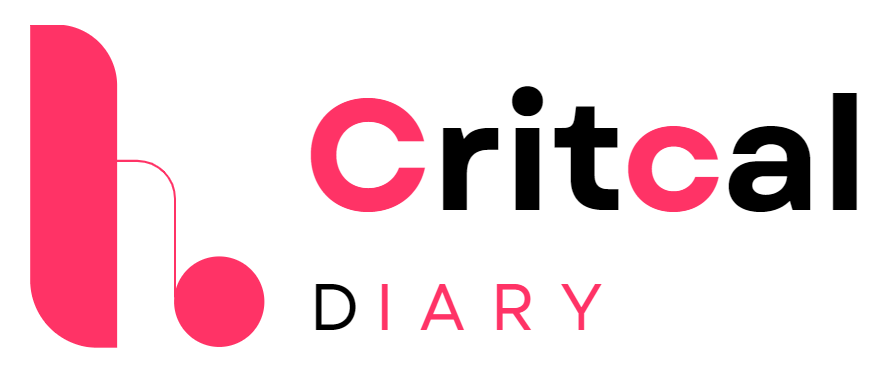Crafting an Effective Career Development Plan
Crafting a strategic vision for career success: Define long-term goals and actionable steps. Career Development Plan: Outline skills, objectives, and strategies for professional growth.
Professional success isn’t just a stroke of luck; it stems from careful strategic planning, dedicated effort, and an ongoing commitment to learning. Whether you’re an eager graduate, a seasoned professional seeking to ascend the corporate ladder, or someone contemplating a career change, having a structured career development plan is your roadmap to achieving your aspirations. This thorough guide sets out how you can create a robust career development plan that not only launches you toward your goals but also ensures resilience and adaptability as you traverse the twists and turns of your professional life.
Why a Career Development Plan is Vital

Establishing a career development plan is akin to setting sail with a destination in mind. It enables you to become the master and commander of your professional trajectory, fostering a sense of control and purpose. This plan is your tool for defining success and charting the course to attain it.
In an era characterized by increasingly non-linear career trajectories, the ability to remain flexible and adaptable has become essential. A carefully crafted development plan offers the foresight needed to anticipate and prepare for future industry trends, the working environment, and the skills that will become essential.
Furthermore, having a career development plan communicates to current and future employers that you are proactive, ambitious, and committed to growth, potentially leading to better job satisfaction and financial remuneration.
Understanding and Defining Your Goals

At the heart of any career development plan are the objectives. Start by setting distinct, quantifiable objectives that align seamlessly with your personal and professional aspirations.
The Long and Short of It:
Your objectives delineate your aspirations for the coming year, three years, five years, or possibly even a decade In the days ahead. Your short-term objectives should logically propel you toward your long-term aspirations.
Know Thyself:
Reflect on your interests, values, and preferred work environment. This self-assessment guarantees that your objectives align with your core motivations and strengths, enhancing harmony and direction in your pursuits.

With your goals in place, the next step is to map out the steps you need to take to achieve them.
Setting SMART Goals:
Ensure your goals are specific, measurable, achievable, relevant, and time-bound. This acronym ensures that your goals are clear and provide a robust framework for action.
Creating a Timeline:
Assign target dates for achieving each milestone. Be realistic in your estimates and be prepared to review and adjust your timeline as you grow and the environment changes.
Seizing Development Opportunities

To realize your career ambitions, it’s essential to clearly articulate your objectives and actively seek out opportunities that foster learning and development. This entails staying vigilant for opportunities such as educational workshops, industry conferences, and further certifications that can augment your abilities and propel your professional growth.
Educational and Training Programs:
Invest in educational opportunities such as courses, degrees, or certifications to enrich your knowledge and skill set. Continuous education is the backbone of ongoing professional development.
Mentorship and Networking:
Forge relationships with experienced professionals who can provide guidance and support. Networking opens doors to new opportunities and perspectives on your career.
Skill-building Activities:
Participate in workshops, seminars, and projects within your organization and the wider community to broaden your experience and knowledge. Engaging in these activities sharpens your skills while also broadening your experiences.
Navigating Challenges Along the Path

No career development plan is immune to obstacles. Learning to anticipate and overcome them is critical to your success.
Anticipating Roadblocks:
Foresee potential challenges that could derail your plan. Common barriers include time constraints, financial limitations, and changing personal circumstances.
Adaptation Strategies:
Develop contingency plans to address setbacks. This could involve identifying alternative learning methods or embracing additional responsibilities to broaden your experience base.
Measuring and Celebrating Success

Your career development plan isn’t just a forward-looking document; it’s a tool for reflecting on how far you’ve come.
Tracking Progress:
Regularly review and update your career plan to reflect your learning and shifting priorities. Leverage metrics and milestones to evaluate your progress objectively.
Celebrating Achievements:
Don’t shy away from taking pride in your accomplishments, no matter how small. Every step forward is significant and should be acknowledged and celebrated. This positive energy catalyzes motivation, keeping you invigorated and ready for the upcoming stage of your plan.
Conclusion
Creating a career development plan is, by its very nature, a pivotal step forward in your professional journey. It requires introspection, strategic thinking, and a proactive attitude toward growth. Through mindfulness, persistence, and adaptability, you set yourself apart as a professional in charge of your destiny. The spectral future of work demands nothing less.
Take some time to draft your career development plan, get it reviewed by mentors or colleagues, and most importantly, start working on it today. The future belongs to those who tailor their present to meet its demands. And remember, your career is an ongoing journey – not a destination. Keep refining your plan as you evolve, and watch as the fruition of your efforts blooms into a fulfilling and successful career.






